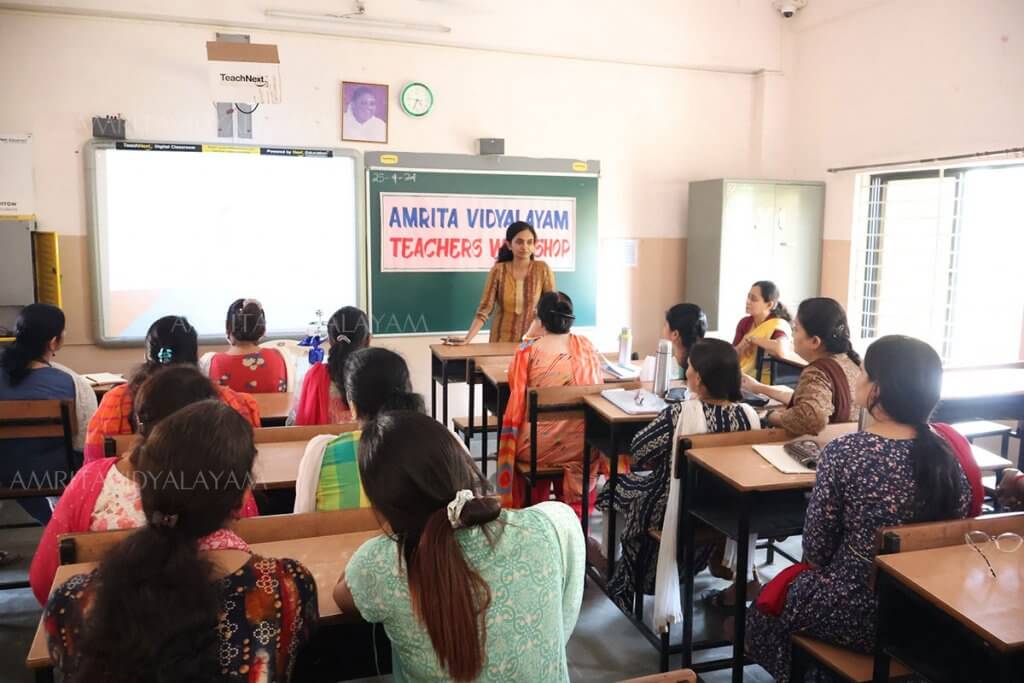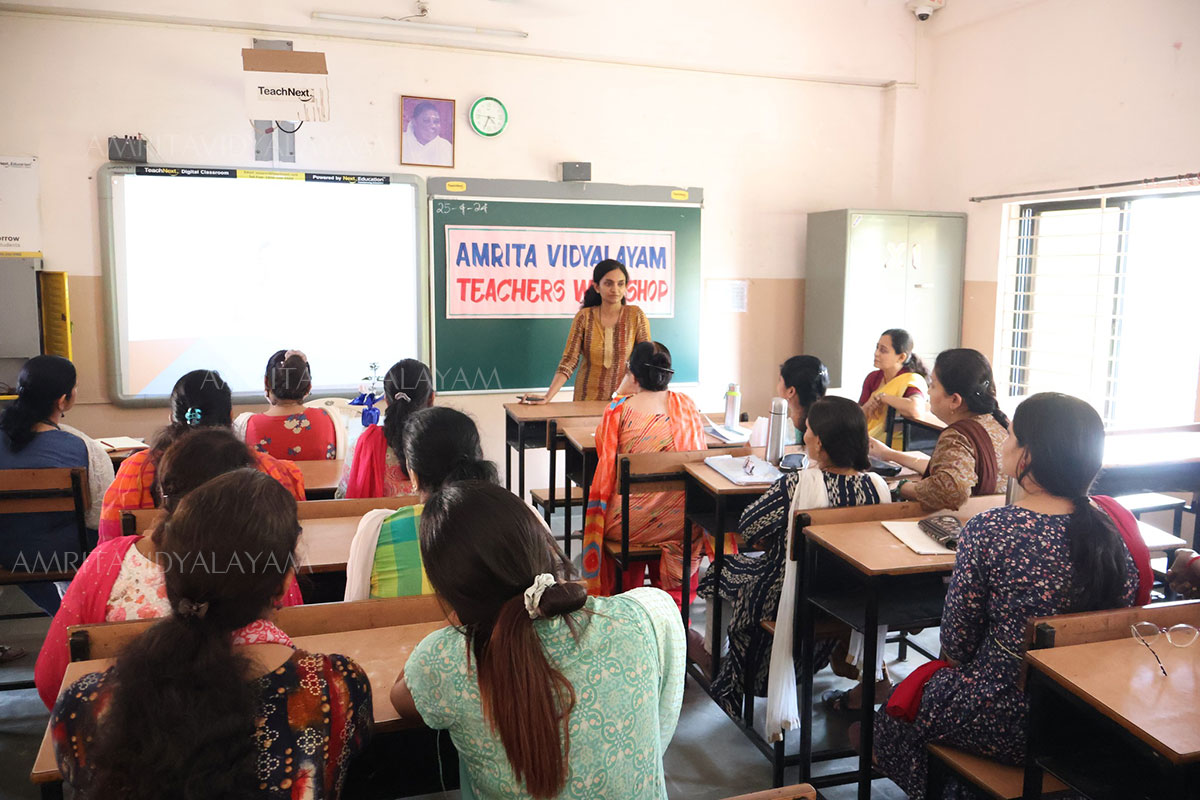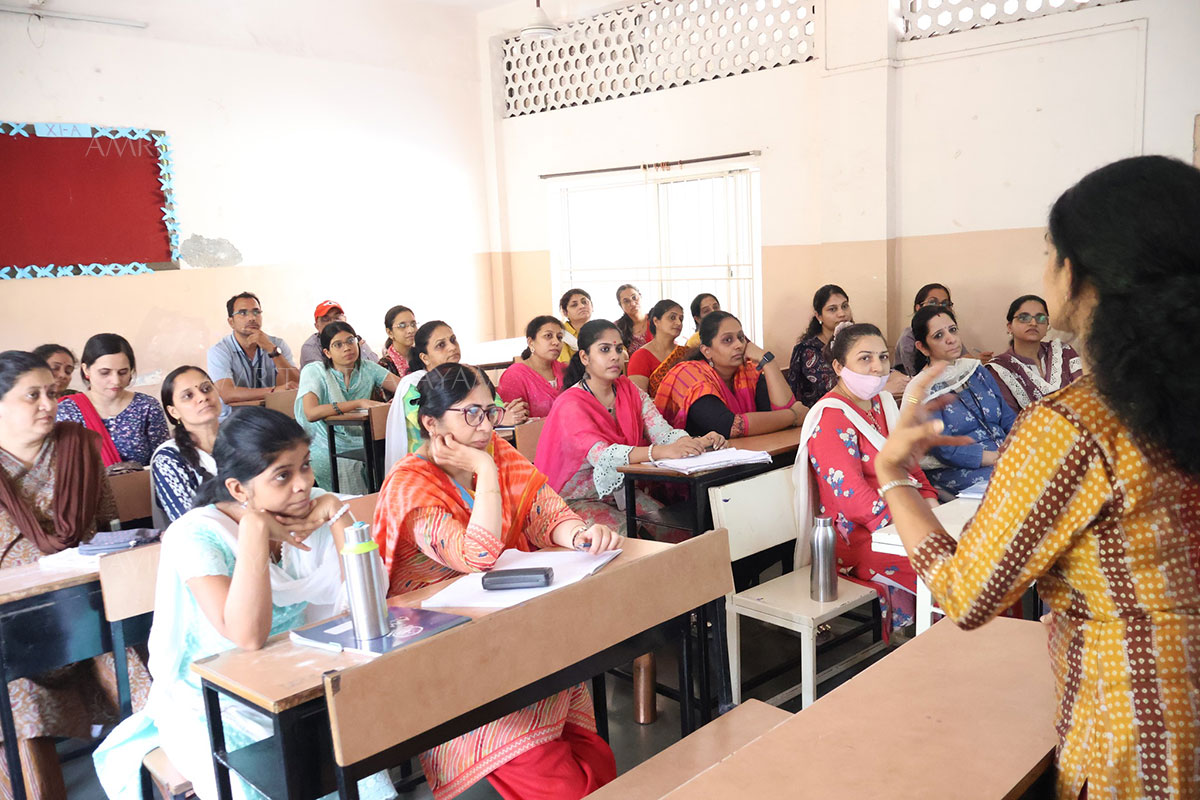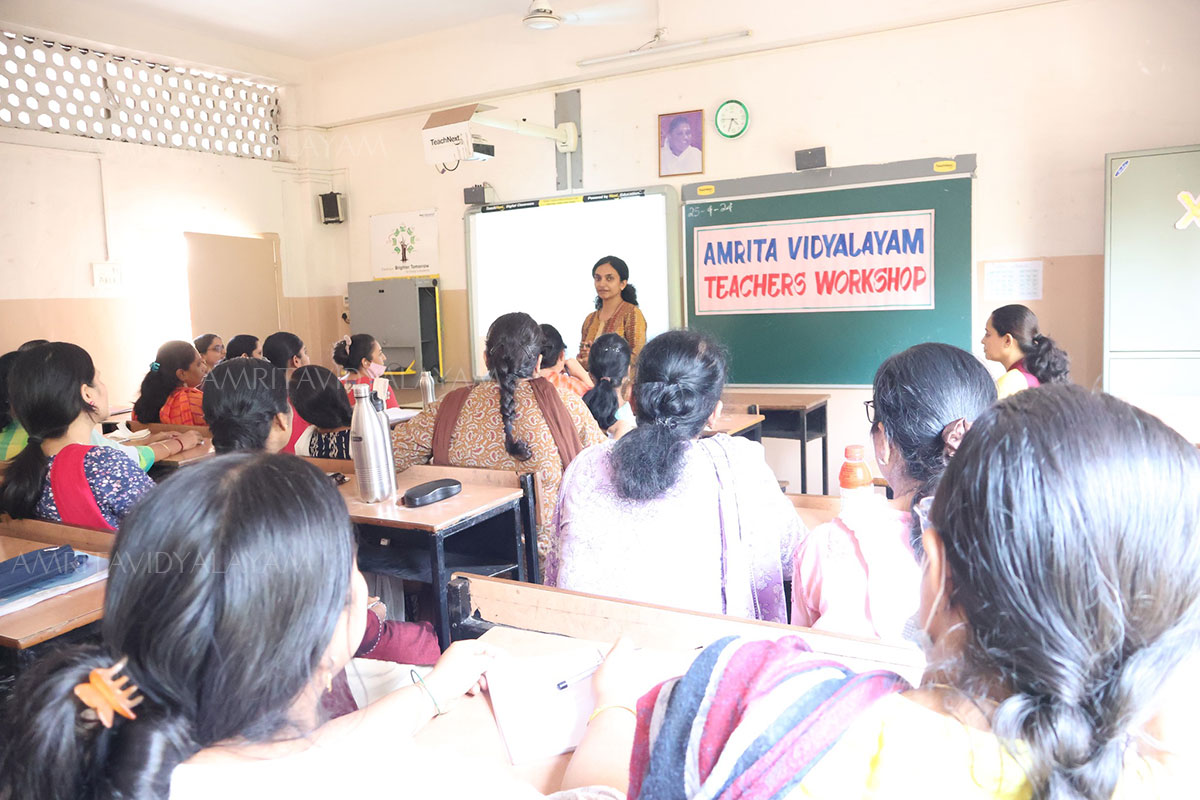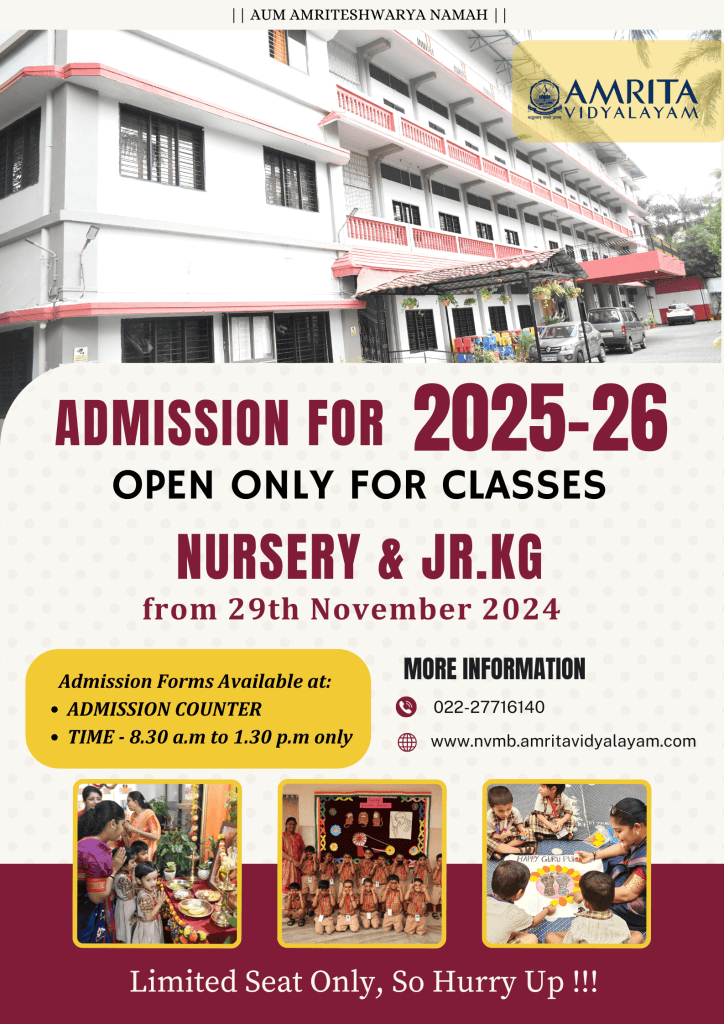A workshop on Body Language was conducted on 25th April 2024 for the teachers from pre-primary to Class 8. The Principal welcomed Ms. Akshata Popli, a clinical psychologist and remedial educator to give an insight on today’s workshop.
Ms. Akshata Popli started with how body language encompasses the various non-verbal signals that individuals use to convey thoughts, feelings, and intentions. These signals can include facial expressions, gestures, posture, eye movements, and even the tone and pitch of one’s voice. It can convey confidence, sincerity, interest, or discomfort, influencing how others perceive and respond to us.
She further facilitated the teachers understanding of the essence with the help of a few slides and a role play.
1. Facial Expressions: The face is incredibly expressive, with micro-expressions conveying fleeting emotions that can be difficult to hide. Smiles, frowns, raised eyebrows, and narrowed eyes all communicate different emotions.
2. Gestures: Hand movements, arm positions, and other gestures can emphasize verbal communication. They can also convey information independently, such as nodding to show agreement.
3. Posture: Body posture can communicate confidence, assertiveness, or submissiveness. Standing or sitting up straight typically indicates confidence and attentiveness, while slouching may suggest disinterest or low self-esteem.
4. Eye Contact: Eye contact is a powerful form of non-verbal communication. It can convey trust, sincerity, and engagement. However, too much or too little eye contact can be perceived as uncomfortable or dishonest.
The take away for the teachers was, by understanding and interpreting body language cues effectively, they and the students could improve their communication skills and navigate social interactions more successfully.

